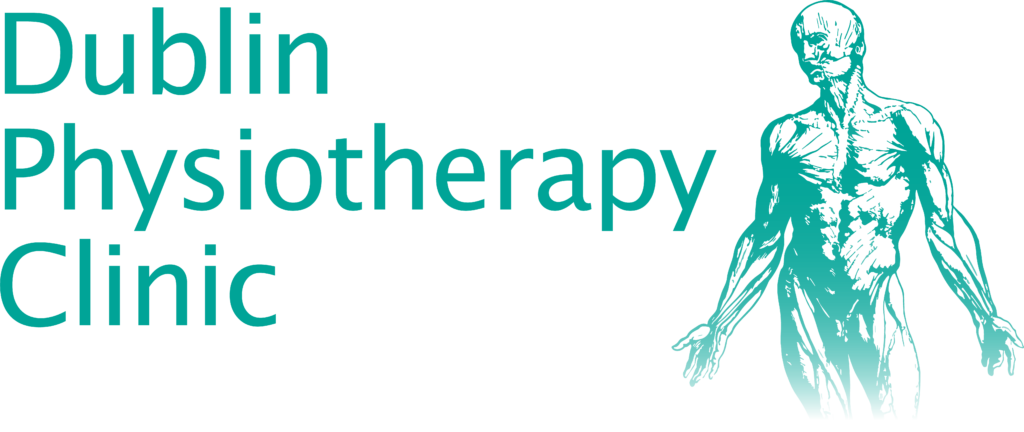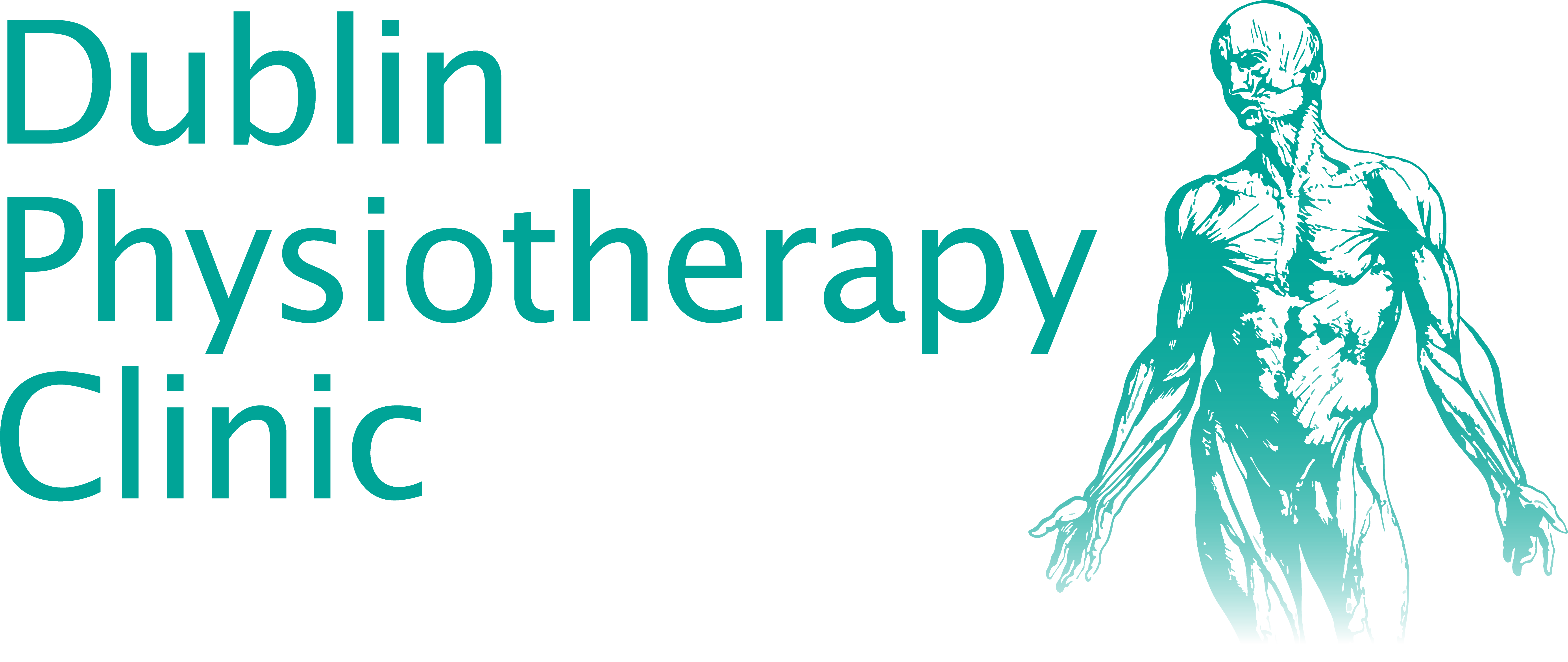Core stability exercises for the treatment of low back pain have become standard in the last decade. Most of the cases I see at DublinPhysiotherapy Clinic have lower back pain and a high percentage have tried “core stability exercises”. The cases I see have not got the expected benefits of their efforts. Why is this ? Does it mean your problem can’t be fixed? Today we discuss what is involved in planning a corrective exercise program for low back pain and some of the common pitfalls.
https://dublinphysio.ie/wp-content/uploads/low-back-pain-1.jpg
Failure to match exercise to complaint
Simply stated, any exercise must have a functional benefit /payback. If you have been doing Pilates and your low back pain occurs in standing it may well be that exercise on a mat is not transferring into standing. If you do gym work and your pain is in driving, again you may not be getting the functional transfer. I would rate this as the #1 cause of exercise failure (apart from not trying in the first place!)
Clinical Thought Process
Here is a snapshot of the clinical decision-making process that you need to be aware of.
Integrating core stability into the functional movement has long been one of those un-talked about subjects where the assumption is that prerequisite loading in other non-functional positions is then transferred into a loaded environment. The model used to explain this is the classic model of motor learning described by Posner & Fitt’s in the late 1960’s, which describes three stages of motor learning:
The Cognitive phase
The Associative phase
The Autonomous phase
This model repeatedly surfaces in the rehabilitation literature as a framework for the sequential loading working towards functional tasks. It should be pointed out that there are several other theories of motor learning which do not necessarily follow this paradigm, but it also serves a dual purpose in the clinical environment, as interventions at the early phases using this strategy tend to be low load and therefore minimal risk / reduced likelihood of provocation.
However, there is an equally strong argument for the massive sensory bombardment, which occurs from using functional positions as a way to stimulate specific muscle activity. Historically, the difficulty in clinical practice is to ascertain whether the target muscle groups are actually being recruited as part of a global functional movement pattern. This undoubtedly remains the significant clinical challenge.
Some of the recent trends in athletic training involve the use of functional exercise programs, which try to replicate functional demands. If we look at the frequent reports of symptom provocation from patients, there are some very familiar aggravating factors, which I think we would all recognise.
Sweeping & Hoovering
Carrying shopping
Walking the dog
Accessing car boots
Working in overhead positions
Twisting or reaching
It is clear from evaluating these positions that there is a change in the relationship between the thorax, the pelvis and the intervening lumbar spine and therefore some degree of mobility must accompany the necessary “stability” to counteract loading.
Because segmental rotation in the lumbar spine is very limited (estimated at 2º – 3º in each direction per segment) it would appear biomechanically that the majority of rotation must occur from the thoracic spine and the hips. It is tempting to speculate that any impaired mobility in these areas maybe a significant driver to rotational pressures through the lumbar spine causing tissue sensitivity.
If we look at control of the lumbar spine during function from that perspective, the role of the oblique musculature (both abdominal and spinal) could be considered as “anti-rotation” muscles whose role is to minimise the stresses distributed to the Lumbar segmental structures. In that situation the limbs and torso become the external “drivers” forcing load on the core..
Using this model to replicate function there are two key principles of loading.
1) Asymmetrical stance
2) Altering the loading segment (driver).
In reality this means that evaluating trunk stability needs to be assessed in conjunction with asymmetric limb loading which is more akin to normal activities of daily living.
Clinically, this means using positions such as:
Asymmetrical squat
Stride stance
Lunge
Single leg stance
as variations in the start position and combining this with variations in the loading force (driver), either using arms, torso or legs. The degree of difficulty, hence risk of injury, is related to the magnitude of load with arms being the lowest, legs being second and torso being highest.
Whilst visual observation is how most of us rely on accessing the quality of movement there is certainly a limit to what can be achieved. The big clinical decision is whether we can use load or speed of motion as the next level of exploration/provocation to see if we can elicit a breakdown in control. Obviously, this needs to be weighed up against the vulnerability of the pathology.
So from a practical perspective, it is quicker and easier to initiate functional rehabilitation strategies as the prime intervention for low back pain patients unless the level of irritation contra-indicates or they do not tolerate the level of loading associated with function. Patients in that category may then self-select for lower loading regimes as an intermediate stage.
The alternative, and one which has become pervasive in recent years, is to work through a multitude of “phases” which may not be particularly challenging or relevant to function, but may appear deficient from the “ideal” perspective of musculoskeletal control and ideal movement patterns (how many of us have 20/20 vision?). The well-known phrase “Paralysis from Analysis” springs to mind.
So the message here is if you have followed advice of doing “core stability exercise” and not achieved practical benefits (symptom relief) it does not necessarily mean they are not relevant to you, it may be that your just not getting functional transfer. It’s like lifting weights and long distance running -their two completely different things which don’t benefit each other apart from being healthy persuits.
Dublin Physiotherapy Clinic specialises in the management of persistent Lower Back Pain. Call us on 01 8829174 to discuss your case.
David





